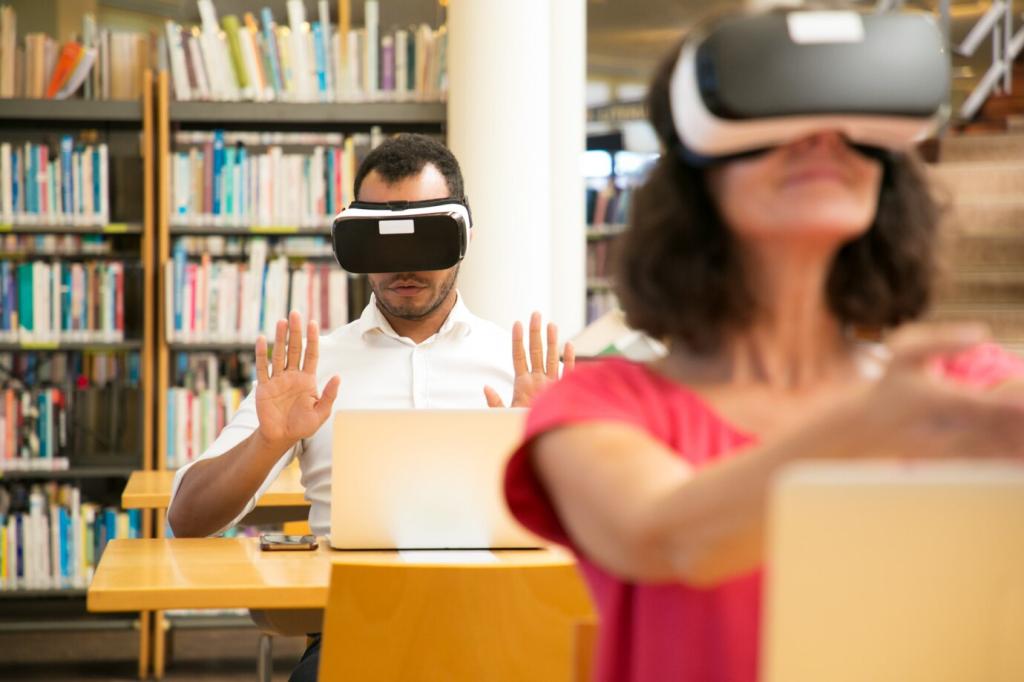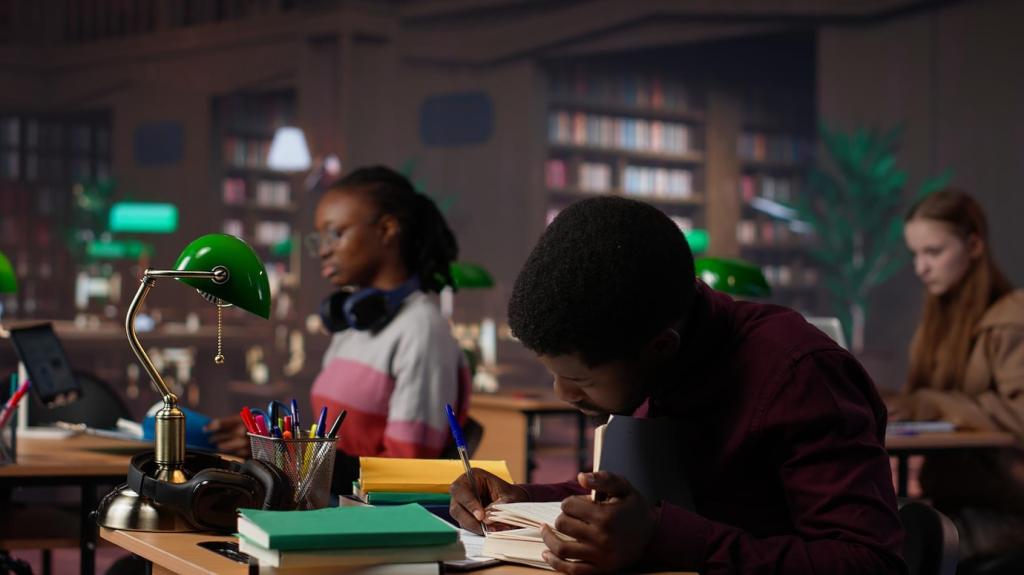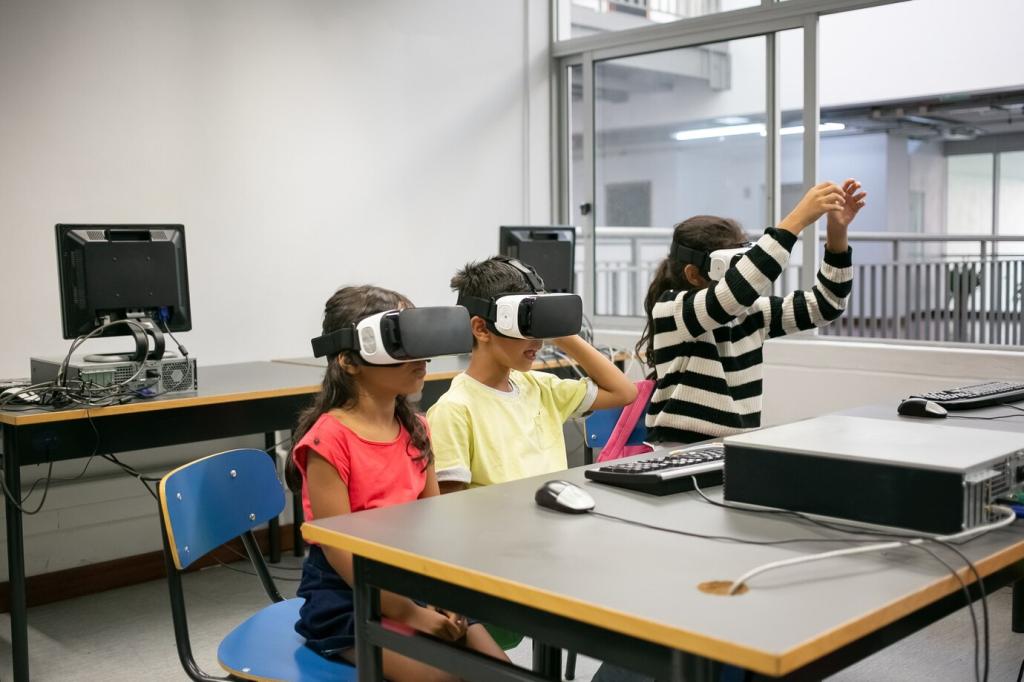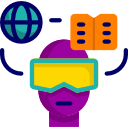Benefits of Implementing VR in Educational Settings
Virtual Reality (VR) is rapidly transforming the educational landscape by offering immersive, interactive, and dynamic experiences that were previously unimaginable within traditional classroom walls. By integrating VR into educational settings, institutions can enhance learning outcomes, foster deeper engagement, and bridge the gap between theoretical concepts and real-world application. As educators and learners continue to embrace evolving technologies, VR stands at the forefront as a game-changing tool that unlocks limitless educational possibilities.

Enhanced Engagement and Motivation
Immersive learning through VR transports students into realistic scenarios, environments, and simulations. This direct engagement appeals to multiple senses and makes lessons more memorable, allowing students to fully grasp complex subject matter. For instance, history students can “walk” through ancient cities, while biology students can “travel” inside the human body, leading to a strikingly vivid understanding that textbooks alone cannot provide. This sense of presence and direct interaction with learning material fosters genuine interest and a stronger emotional connection to the subject matter.

Experiential and Hands-On Learning Opportunities
01
VR offers students the unique opportunity to practice skills in simulated situations that would be difficult, dangerous, or expensive to replicate in real life. For example, medical students can perform virtual surgeries or emergency procedures without risk to real patients, while engineering students can test designs and troubleshoot problems in virtual laboratories. This hands-on approach enables learners to hone their skills through practice and repetition, receiving feedback and refining their techniques before encountering actual scenarios.
02
Through VR, students move beyond rote memorization and gain practical experience applying their knowledge in meaningful contexts. Virtual field trips, scientific experiments, and role-playing scenarios let learners take what they’ve studied and use it to solve real-world problems. This contextual learning helps to reinforce lessons, foster critical thinking, and establish stronger connections between coursework and its applications outside the classroom. By bridging this gap, VR empowers students to understand not only what they are learning, but why it matters.
03
VR systems can offer immediate feedback on students’ actions and decisions within virtual environments. This real-time response allows learners to quickly identify mistakes, adapt their approaches, and deepen their understanding through iteration. Unlike traditional assessments, which may come days or weeks after initial engagement, VR enables ongoing evaluation during the learning process itself. This immediacy encourages learners to experiment, take risks, and persist in seeking solutions, cultivating a growth mindset and resilience toward challenges.
Inclusivity and Accessibility
No two students learn in exactly the same way, and VR’s multimodal experiences appeal to visual, auditory, and kinesthetic learners alike. The interactivity and flexibility of VR platforms allow educators to present information in a variety of formats, from immersive visuals to audio narration and hands-on activities. This customization ensures that lessons can be tailored to individual preferences and needs, maximizing the chances of comprehension for every student. As a result, VR can help minimize the disparities that often occur when teaching with a one-size-fits-all approach.

